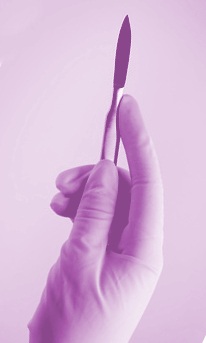Single-use has issues
 Doctors say single-use metalware is both a cost and a liability for Australian hospitals.
Doctors say single-use metalware is both a cost and a liability for Australian hospitals.
Scalpels, tweezers, suture scissors, forceps and clamps and other metallic items are being thrown away at an increasing rate due to shifting costs and hygiene practices.
“This has occurred as a slow spread across the country, when places realised that single-use items' price point is pretty good compared to reusing,” intensivist doctor Matthew Anstey has told the ABC.
“There is also tension with concerns around infectious diseases, however, it does definitely generate significant waste.
“It's a big cost and some things obviously could have a life with re-sterilisation.”
Australian researcher Dr Forbes McGain has studied the costs for Australian hospital. His research finds that a facility with six operating rooms spends about $10,000 per annum for single-use laryngoscope blades alone.
“Reprocessing reusable versus single-use anaesthetic equipment clearly saved money, which, if extrapolated elsewhere in Australia, could be difficult to ignore,” his paper said.
Dr McGain also found that processing reusable anaesthetic items has a fairly small environmental cost.
“Converting from single-use to reusable anaesthetic equipment for all Australian hospitals would approximate yearly to adding 25 cars to Australian roads,” he said, adding that even that increase is “overwhelmingly attributable to our coal-fired electricity”.
Australia’s health regulator the Therapeutic Goods Administration (TGA) says it is up to manufacturers to stipulate whether a device should be sterilised for re-use or thrown away.
The TGA says much of the problem is up to state governments, as they manage all hospital device disposal.








 Print
Print